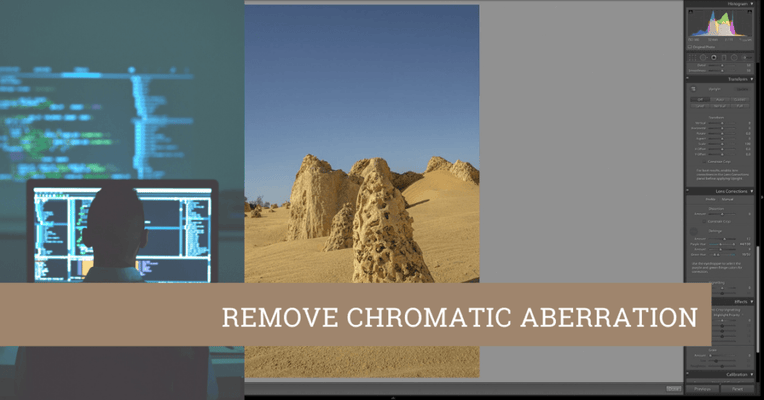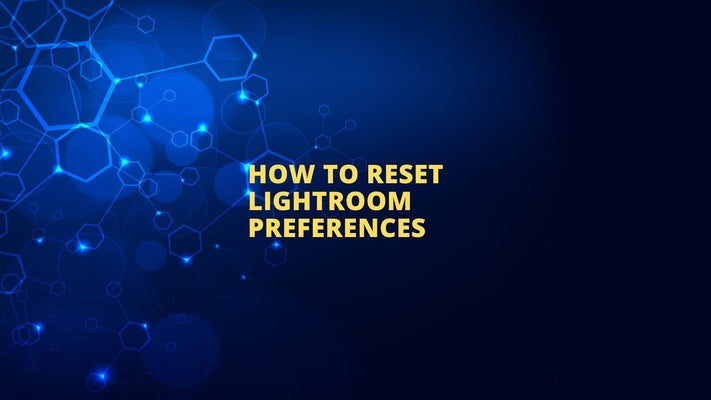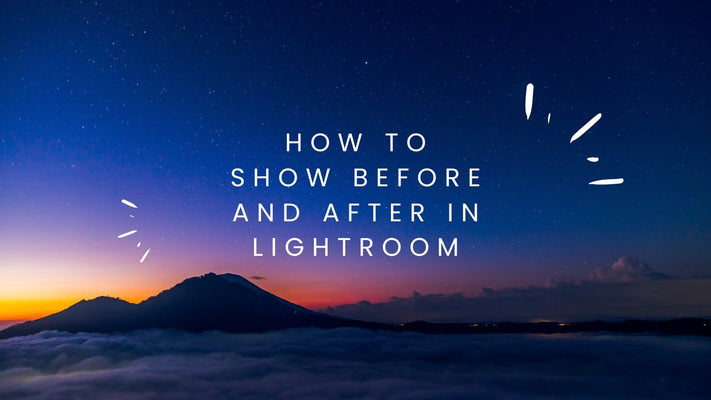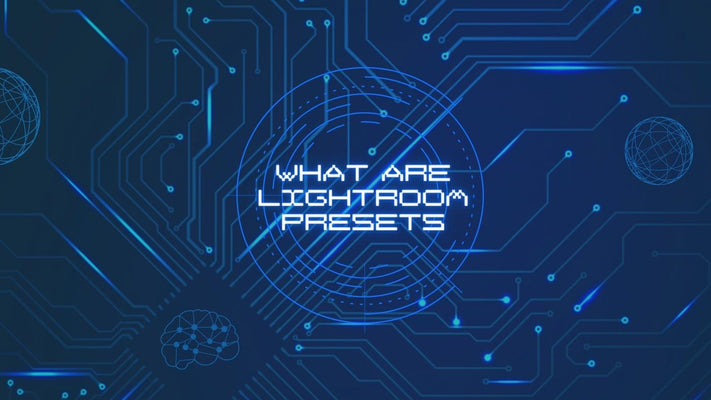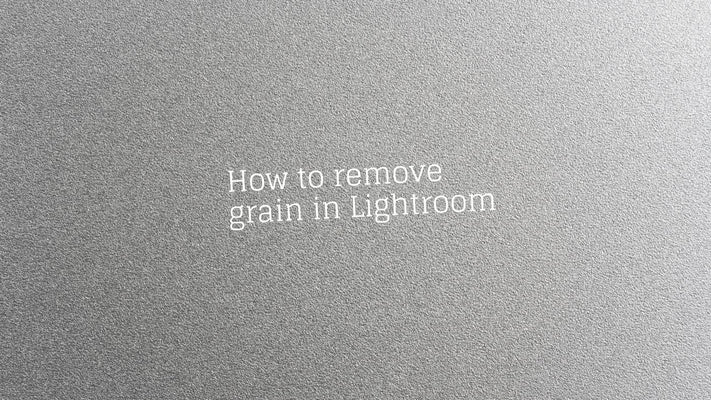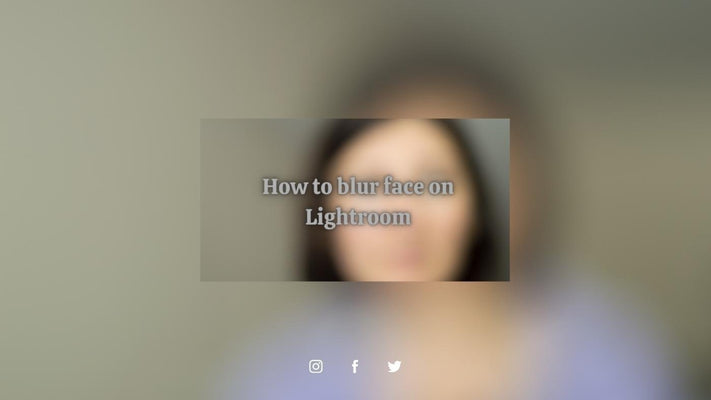How to layer photos in Lightroom
How to Layer Photos in Lightroom: An In-Depth Guide
Adobe Lightroom is a powerful tool for editing and managing your photos, but it does not support the creation of layers like Adobe Photoshop does. Instead, it focuses on non-destructive global and local adjustments, which you can use to adjust your photos in ways that may seem like layer-based editing.
While you can't layer photos in the traditional sense in Lightroom, there are techniques that you can use to achieve a similar result, such as using adjustment brushes, gradients, and radial filters. Additionally, you can use Lightroom in conjunction with Photoshop for more complex layering needs. In this guide, we'll cover these techniques in detail.
Using Adjustment Brushes, Gradients, and Radial Filters
These tools allow you to make local adjustments to specific areas of your image, similar to using layers to adjust different parts of an image separately.
Adjustment Brush: The Adjustment Brush lets you paint adjustments onto specific areas of your image. You can adjust various settings, such as exposure, contrast, saturation, sharpness, and more. Here's how to use it:
- Open your photo in the Develop module.
- Click the Adjustment Brush icon or press 'K' on your keyboard.
- In the settings panel, choose the effect you want to apply.
- Paint over the area of the image where you want to use the effect.
- To fine-tune the effect, adjust the sliders in the settings panel.
Gradient Filters: The Graduated and Radial Filters let you apply adjustments to a gradient area. The Graduated Filter is perfect for horizontal or vertical gradients, such as darkening the sky in a landscape, while the Radial Filter is ideal for circular or elliptical gradients.
- Open your photo in the Develop module.
- Click on the Graduated Filter or Radial Filter icon.
- In the settings panel, choose the effect you want to apply.
- Draw the gradient on your image. For the Graduated Filter, click and drag from the point where you want the gradient to start. For the Radial Filter, click and drag to create an ellipse, which you can adjust as needed.
- To fine-tune the effect, adjust the sliders in the settings panel.
Using Lightroom with Photoshop for Layering
If you need more advanced layering capabilities, such as blending multiple images or layer styles and masks, you can use Lightroom with Photoshop. Here's the basic workflow:
- Select the images you want to layer in Lightroom's Library module.
- Right-click on one of the images and choose 'Edit In' > 'Open as Layers in Photoshop.'
- The selected images will open in Photoshop, each on its own layer.
- Make your desired adjustments in Photoshop. You can add or remove layers, apply layer styles, add masks, and much more.
- When you're done, save and close the file in Photoshop. The layered file will automatically appear in your Lightroom library alongside the original images.
Conclusion
While Lightroom doesn't natively support layers like Photoshop, you can still make localized adjustments to your images using tools such as the Adjustment Brush, Graduated Filter, and Radial Filter. For more advanced layering needs, Lightroom integrates seamlessly with Photoshop, allowing you to use the two programs together in your editing workflow.


